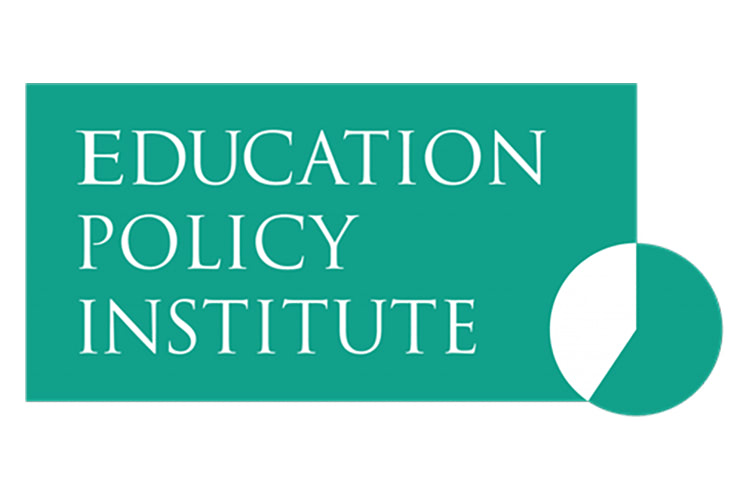Government should prioritise teacher retention over recruitment – with financial incentives for subjects in short supply

New analysis from the Education Policy Institute (EPI) highlights the growing pressures facing the teacher labour market in England.
Authored by Research Fellow Luke Sibieta, the research “The teacher labour market: a perilous path ahead?“, brings together the latest trends on teacher recruitment, retention and staff qualifications. It analyses the implications for the future of the workforce and education standards, before setting out viable options for policymakers.
The teacher labour market faces some huge challenges:
- The overall number of pupils in secondary schools is expected to grow by 20 per cent by 2026. To prevent class sizes from rising, the total number of teachers would also need to grow by the same amount.
- The government’s target of increasing student E-Bacc take-up from 38 to 90 per cent by 2025 would require a significant rise in teachers for these subjects. For example, the number of modern foreign languages teachers would need to rise by 78 per cent in 2019–20 to meet these targets.
- Teacher exits are rising. Between 2010 and 2016, exit rates rose from 9.5 per cent to 10.5 per cent in secondaries. Of particular concern is the 80 per cent of exits due to movements to other jobs. Exits are also concentrated early on – just 60 per cent of teachers work in a state-funded schools 5 years after training.
- At the same time, teacher entrants are dropping significantly – with applications to teacher training down by almost a third.
- Some subjects in particular are struggling to fill places: in 2017/18, only 70 per cent of physics teacher placement targets were filled. Responding to these pressures, in some subjects schools have increased teacher hours, or have brought in staff with lower qualifications.
- Overall the number of teachers with degrees has risen – though some subjects have seen decreases. In physics and geography, there have been decreases between 2010 and 2016.
Pressures in the teacher labour market: What are the policy options?
- In response to these challenges, the government has placed a great deal of focus on teacher recruitment. This includes policies such as bursaries of up to £30k (tax-free) in some subjects. However, so far there is no evidence these have led to an increase in recruitment. With about around 8 per cent of teachers leaving the profession each year, greater emphasis on retention from the government would be far more fruitful.
- Student loan reimbursement programmes for teachers in the early stages of their careers, in subjects where there are shortages, have been piloted. However, this system is complex, and will be of little benefit to most teachers at the start of their career.
- Efforts by successive governments to tackle teacher workload have been insufficient. Working hours have been continually increasing. EPI analysis shows teachers are working longer than many other developed countries.
- There is, however, strong empirical evidence that retention rates can be improved with targeted financial incentives in shortage subjects. Schools currently have the freedom to make such payments, but are presently constrained by pressures around budgets and overall teacher pay.
- If the government intends to end the public sector pay cap for schools, it should therefore consider targeting any additional funds on salary supplements for early career teachers in shortage subjects.
Commenting on the analysis, Natalie Perera, Executive Director and Head of Research at the Education Policy Institute, said:
“This analysis raises several concerns for teaching quality and the future sustainability of the workforce. While government efforts to boost recruitment are to be welcomed, growing shortages are likely to be tackled most effectively by focusing on retaining the existing workforce”.
“Some subjects in particular are seeing acute shortages in the number of quality teachers. If the government wishes to ease these growing pressures and safeguard educational standards, it should consider policies which offer financial and other incentives to teachers in these subjects early on in their career”.
The report claims that there has been too much focus on recruiting new teachers and not enough time spent looking at how to make them stay in the profession.
There are more teachers in our classrooms than ever before and increasing numbers are actually returning to the profession after they leave. What’s more, a generation of teachers is better qualified than ever.
DfE figures show 98.5% of all teachers have a degree or higher, which has risen by 4 percentage points since 2010, and nearly one in five new teacher trainees had a first-class degree in 2018 – up from 10% in 2011. But there is more work to do to make sure that teaching continues to be an attractive and rewarding profession.
A Department for Education spokesperson said:
The Education Secretary has been clear that there are no great schools without great teachers and that his top priority is to make sure teaching remains an attractive and fulfilling profession. There are a record number of teachers in our classrooms – 15,500 more than in 2010 – and increasing numbers are returning to the profession.
We want to build on this, which is why we recently announced a strategy to drive recruitment and boost retention of teachers and are working with school leaders and unions to strip away unnecessary workload, on top of the range of financial incentives we already offer to help attract the brightest and best into our classrooms.












Responses